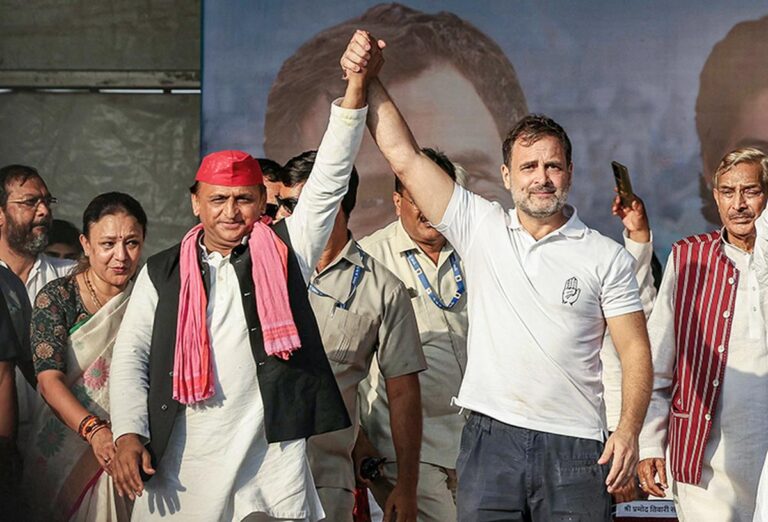TThe Indian Union’s performance in Uttar Pradesh in the Lok Sabha elections surprised everyone. It made deep inroads among all major social groups except the upper castes. The Bharatiya Janata Party (BJP) won only 33 of the 75 seats it contested, and its allies won just one. The Indian Union, on the other hand, won 43 seats.
According to the Lokniti-CSDS post-poll data, general/upper caste Brahmin, Rajput and Vaishya voters predominantly supported the BJP, while Other Backward Class (OBC), Scheduled Caste (SC) and Muslim voters supported the INDIA coalition. Nearly nine in ten (89%) Rajput voters supported the BJP. Yadav and Muslim voters supported the INDIA coalition along with a significant share of non-Jatav Dalit voters (Table 1).
The Bahujan Samaj Party (BSP) lost support from all social sects, including its main constituency, the Jatavs. Its defeat was a gain for the Indian Union, as the former’s votes shifted heavily to the latter.
Win or Lose
The Indian National Congress won six of the 17 seats it contested. The better alignment between Akhilesh Yadav and Rahul Gandhi was conveyed to the cadre on the ground and was reflected in the seat share.
The poor performance of the BJP and the impressive performance of the Samajwadi Party (SP) can be attributed to several factors. Firstly, the BJP, known for social engineering, was overwhelmed by Yadav’s alternative social engineering scheme of ‘PDA’, where votes were distributed mainly to pichadas (backward communities) and Dalits, with fewer votes to Yadavs and Muslims, to counter the charge of being a Muslim-Yadav party. The SP distributed votes to 32 OBCs, 16 Dalits, 10 upper caste candidates and 4 Muslims.
Second, several state BJP leaders admitted that many of the party’s sitting MPs were out of touch with their constituents. However, the party renominated them. As a result, 26 sitting MPs lost the elections. Third, some leaders made statements hinting at constitutional reform, which made OBCs and Dalits fearful that the BJP would amend the constitution. Their fears deepened when the BJP announced that it was aiming to win more than 400 seats (Ab ki Baar, or 400 per cent). The party was unable to counter the opposition’s claim that it wanted to amend the constitution to abolish reservations for OBCs and SC/STs.
Fourth, the BJP tried unsuccessfully to divert voters’ attention from the issue by polarising voters, which did not garner much support from voters.
The BJP leadership had hoped that the welfare schemes would provoke a positive response from the electorate. However, these schemes did not seem to garner much support. Unemployment was a major concern for the electorate. Moreover, frequent leaks of exam questions for government jobs further eroded public confidence and led to discontent among young people and their families.
Modi’s Magic
The most important factor is that the “Modi magic” seems to have faded significantly: When the survey asked who they would like to see as prime minister after the upcoming Lok Sabha elections, 36% said they wanted Rahul Gandhi, while only 32% said they wanted Narendra Modi.
Mirza Asmer Beg teaches at Aligarh Muslim University, Shashi Kant Pandey at BBA College, Lucknow and Akhilesh Pal at Allahabad University.
This is a premium article available only to our subscribers. To read over 250 premium articles every month,
You’ve reached your limit for free articles. Support quality journalism.
You’ve reached your limit for free articles. Support quality journalism.
You have read {{data.cm.views}} from {{data.cm.maxViews}} Free articles.
This is the last free article.

